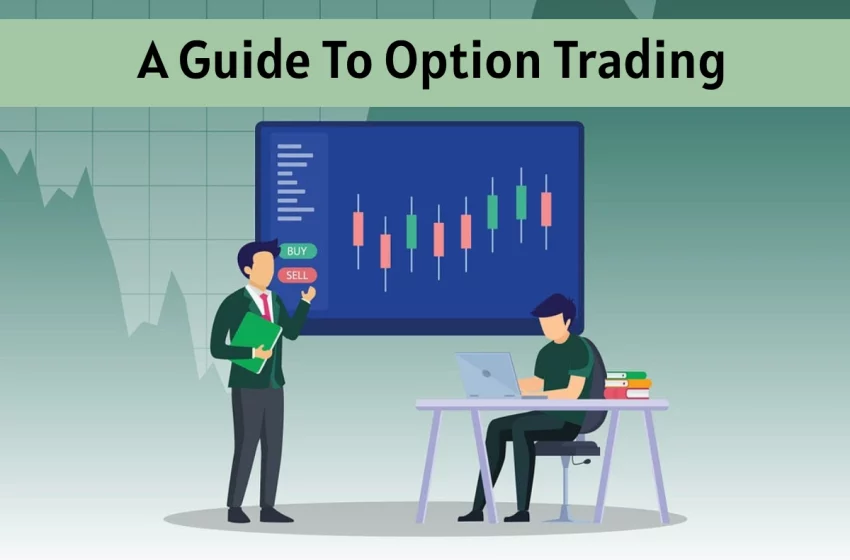
A Guide To Option Trading- Advantages, Strategies, and More
Table of Contents
Introduction
Options are considered to be one of the riskier securities to trade. Understanding what an option is, how it works, and what moves its intrinsic value can help minimize the degree of capital risk involved. Below is a comprehensive options guide that aims to answer these fundamental questions as well as some high-probability technical strategies.
What’s an Option?
The experts at SoFi define an option as a contract that represents the contract holder’s right to either purchase or sell the underlying security. The contract holder is entitled to buy or sell the asset at the pre-agreed upon. Every contract has an expiration date at or before which time you can choose to exercise your right to execute said contract.
Since the value of an option is directly link or dependent on an underlying security, it belongs to a wider group of security classes called Derivatives. As the name implies, a derivative asset’s price is reliant on or derived from the value of another security. Other derivatives commonly offered include calls and puts, futures, swaps, and MBS or mortgage-backed securities. You can find a more detailed explanation of each of these derivatives via our other options guide on So Fi.
Advantages of Options Trading

Options are a popular tool user by investors to hedge their portfolios. Used correctly, options can add protection and leverage to your position/s.
Depending on your investment goals, options can serve a variety of purposes apart from hedging. It can use to produce recurring income, speculate the direction of an underlying stock, and so on.
Perhaps the most appealing benefit of options trading over traditional stock trading is that it amplifies your potential rewards significantly.
This makes it possible for undercapitalized investors to make returns of more than 2X in a relatively shorter period of time.
That said, higher returns also mean higher risk. Options can be volatile and you stand to lose all of the money you spent on buying the contract after it expires, unlike stocks where you get to keep the stock even if its value drops to zero.
Strategies Suited For Beginners
Covered Call. This simply involves buying a naked call option contract that you can also either structure as a standard covered call or buy-write. Holding naked call contracts can be a very lucrative strategy despite its simplicity since you generate income and simultaneously lower the risk as opposed to solely buying into the company’s stock.
Married Put. With a married put, you buy an asset, like a company’s stock, and simultaneously buy put options contracts equivalent to the number of stocks you bought. The strategy is popularly user to protect against downside risk. In this strategy, the put contract acts as an insurance policy in case the underlying stock’s price goes into freefall.
Should You Trade It?
Options trading is a useful tool for managing capital risk, especially during highly volatile times. As a beginner, you should limit your exposure to smaller contract sizes and work your way up as you feel more comfortable with derivatives.



